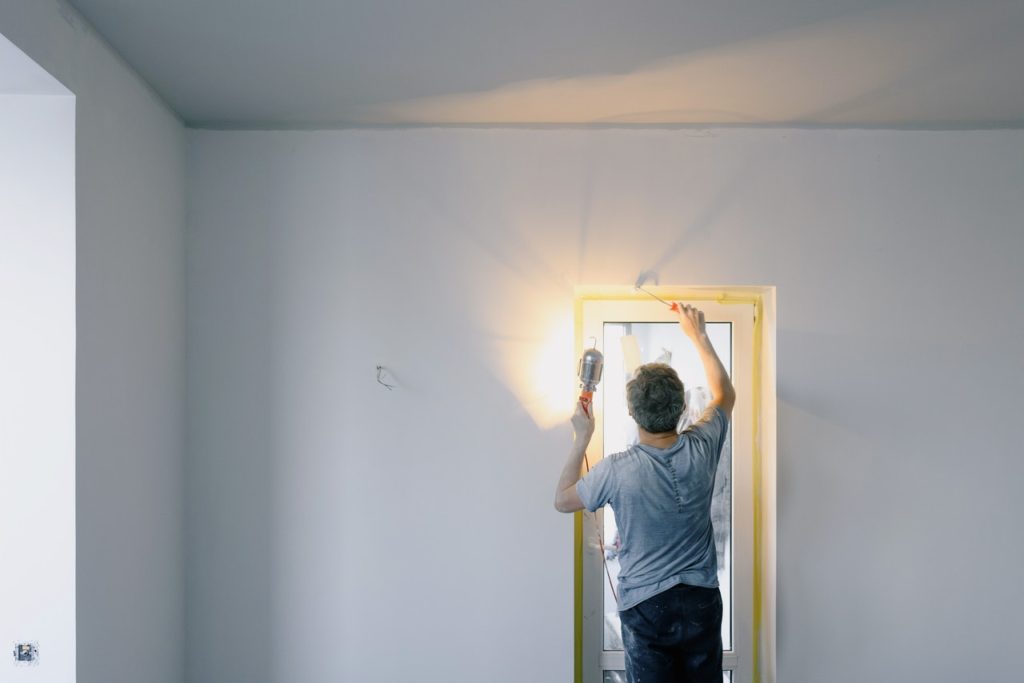We all deserve to feel safe in the comfort of our own home. And when signs of structural damage are identified, it can be extremely stressful for everyone in the household. Structural problems can range from uneven floors and pest infestations to warped ceilings and exposed wall gaps.
Why You Need to Assess the Structural Integrity of Your Home
Anyone in the building and construction industry understands that the key component for any home’s safety is structural integrity. Imagine the classic example of a beautiful library building that sinks a few inches each year due to the weight of the books.
Everything was accounted for except the books, which is a huge mistake as it is fundamentally why the building was constructed in the first place. Eventually, the library building has to be knocked down to the ground and rebuilt. Such is a huge waste of money and time.
Although your home does not have thousands of books to weigh it down, its structural integrity might be in danger. When the home has been used for many years, eventually, the requirements or loads of the structure change. There are perhaps additional structures built without proper guidance.
A home with good structural integrity does not bend, break, or collapse. Having the structural integrity of your home tested helps prevent any catastrophic failure, such as injury, damage, or worse, death.
Common Signs of Structural Damage to Your Home
- Termites
Though these pests can be small, termites can eat away your support beams, ceiling joists, and wall studs over time, causing significant structural damage to your house. For an untrained eye, termite-induced structural damage can be mistaken as normal building movement due to age.
Sentricon Termite Control can help prevent your house from becoming unlivable due to termite infestation.
- Sagging & Leaky Roof
Roof claddings are designed to last up to 30 years before needing replacement. So when your roof starts leaking before reaching the end of its life cycle, prompt roofing repair is necessary. Sagging or uneven roof lines are clear indications of problems with your roof structure.
Common reasons for your sagging roofs and leaks are termites, overloading of supporting members, and incorrect sizing of framing timbers.
- Wall Ceiling Cracks
Although not every wall and ceiling cracks indicate structural damage, it is crucial to keep an eye on these issues since they might turn out problematic. Cracks accompanied by uneven floors or sagging ceilings are clear indications of serious problems in your home’s structure.
- Uneven Floors
There are several reasons for uneven floors. They don’t always require your attention, but the most serious ones caused by improper construction and foundation settling need to be addressed as soon as possible. Termite damage, cracked floor joists, and inadequate sub-floor supports can cause uneven floors.
Most often, restumping can fix this structural integrity issue.
- Crumbling Concrete
Spalling occurs when concrete and brickwork are exposed to moisture or chemicals. The salts and chlorine cause chemical reactions within the concrete, causing the bonds between the material to separate. As the salt reaches the steel reinforcement, it causes corrosion. This problem should not be overlooked, especially when it involves the lower areas of brickwork.
- Timber Rot
Normally, timber can last several lifetimes, but when exposed to a harmful environment, like a room with a high humidity level, it can eventually rot and crumble. Timber rots in damp areas. Check your sub-floors for signs of timber deterioration. Better ventilation or drainage repair can fix this issue.
Knowing the common problems concerning our homes’ structural integrity allows us to find measures that prevent further damage. Here are some solutions to improve the structural integrity of your house.

Repointing
The constant changes in the weather and temperature will eventually cause your house’s mortar joints to dry out and crumble. Although mortar joints typically last for 25 years, having the fillings refilled and fixed helps prevent water infiltration, cold drafts, and further damage to your house.
Waterproofing
Waterproofing the exterior of your home helps prevent water from seeping in and lessens the likelihood of your foundation walls crumbling down. Waterproofing contractors typically inspect voids and cracks.
Structural Foundation Repair
Some signs of structural foundation damage include broken or spalling bricks, wet walls and flooding in the basement, and gaps in the concrete or crown moldings. If you spot any of these problems, immediately fix them. Even the smallest of issues can quickly escalate into large and expensive ones.
Your family’s safety is a priority, so take time to examine your home’s structure.




